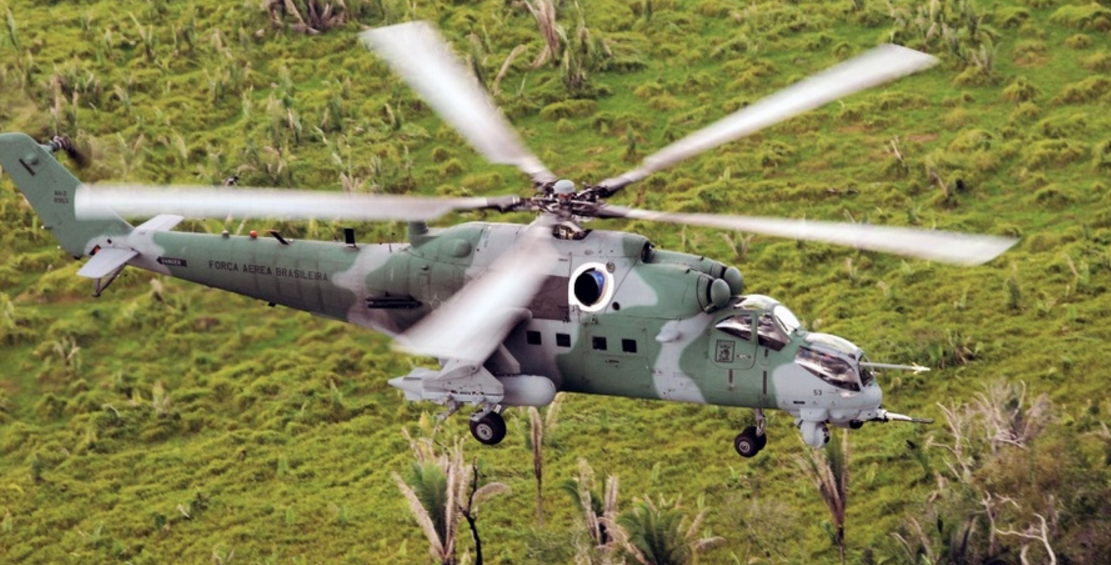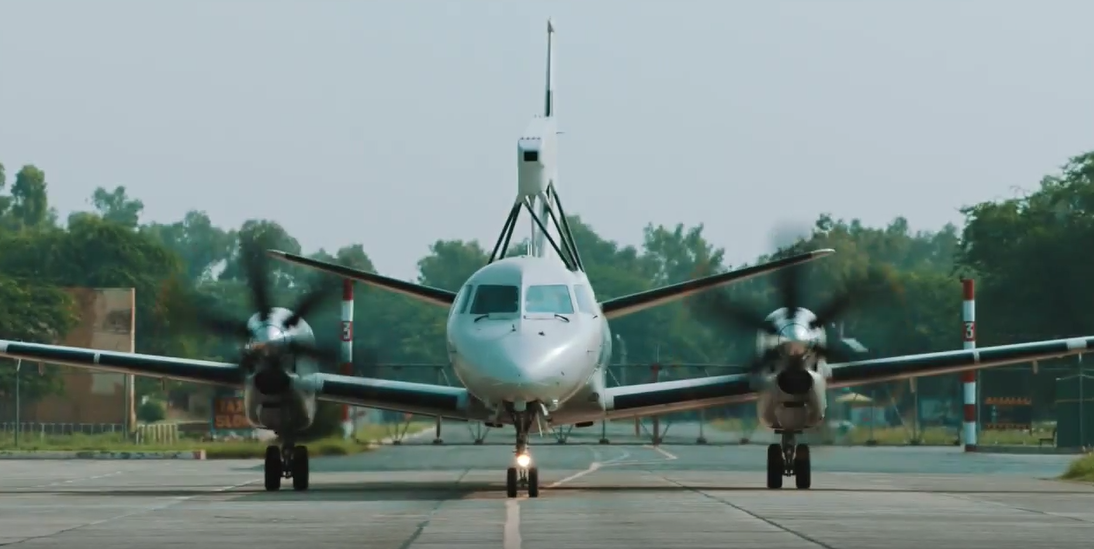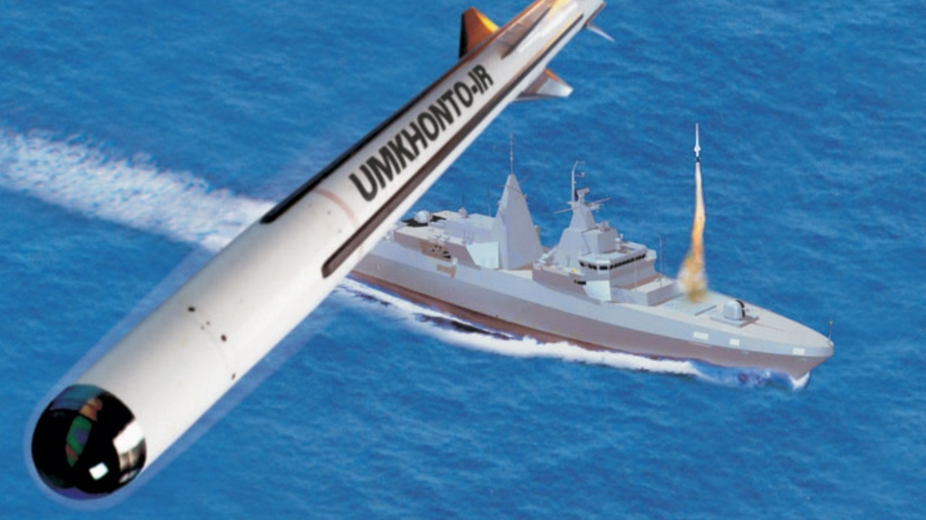2529Views 8Comments

Is Pakistan in talks for more Mi-35 assault helicopters from Russia?
Rana Tanveer Hussain, the Minister of Defence Production, told Pakistani media outlets that a deal for Mi-35 helicopters would be finalized in “two months.”
Pakistan ordered an initial batch of four Mi-35s from Russia in August. IHS Jane’s learned that the Pakistan Army intended to acquire up to 20 Mi-35s.
It is unclear if Mr. Hussian is referring to the batch that should have already been in the pipeline, or a different order, but it is likely the latter considering that talks were involved.
The Mi-35 is an upgraded variant of the Mi-24 Hind. Like its predecessor, it is capable of carrying a large munitions payload as well as personnel. With its armour, it makes for a capable hot-zone entry and exit platform. Its commonality with the Mi-17/171, which the Pakistan Army operates in numbers, makes it relatively easy and affordable to maintain and operate as well.
Comment and Analysis
The Pakistan Army is looking to revamp its attack helicopter fleet over the next few years. In addition to the Mi-35s, it has 15 AH-1Z Viper dedicated attack helicopters on order from the U.S. It is evaluating the CAIC Z-10 attack helicopters, and it is reportedly in talks with Russia for its flagship Mi-28NE Night Hunter.
In Pakistan’s case, fleet standardization and building a domestic support base ought to be critical. For one thing, Army Aviation will essentially be the leading factor in providing the Army’s ground forces with close air support (CAS) coverage; the Pakistan Air Force will likely not play a leading role in that department. As such, a large number of capable and durable dedicated attack helicopters will be necessary.
Besides the AH-1Z, it is unclear exactly which route the Pakistan Army will take, though it seems to be positive about the Z-10 considering the helicopter was displayed during the Pakistan Day parade on 23 March. When one considers aspects such as availability, cost and supplier flexibility (in terms of selling maintenance, repair and overhaul as well as spare-parts manufacturing facilities), it would seem that the Z-10 should have the lead. However, the Army’s decision is still not final.
As for the Mi-35, while capable of attack, the Army may be positioning it more as an air assault asset as opposed to an attack system. In other words, it is unlikely that one would see the large Mi-35 be used in the high anti-air warfare (AAW) threat environments of state-to-state warfare. Rather, the Army is likely interested in using the Mi-35 in lieu or in conjunction with its Mi-17 in infantry insertion and extraction scenarios in the Federally Administered Tribal Areas.



8 Comments
by Ike Khan
Pakistan Defense Forces need to learn lesson from the past. It is apparent that they have not learned any lesson from the past. Their quest for few state of the art equipment has driven Pakistan’s foreign policy into ground and it has potential to run Pakistan into ground. What Defense forces wish may not be good for Pakistan. If they are nationalist as they claim, they would stop all this sexy procurement and formulate a national policy. All three forces and civilian agencies should agree on common requirements. Then select common platforms and locally produce. Army opts for 15 Helicopters form one source, 4 or 10 from another and 3 yet from China. Navy opts for their own wish list, and Air Force well you got the message. Then for civilian use they opt for Italian Helicopters. What the hell is this? This is not love with Pakistan and no nationalism. If they had even slightest idea of love for Pakistan, they would agree on common Platform and opt for local manufacturing. Buying few exotic pieces from here and there is a nightmare that would come back and haunt this nation.
by Bilal Khan - Quwa
Such ideas are supposed to be pushed by strong political leaderships, they have to exercise their authority over the armed forces and push for things of national interest. The fact that it doesn’t happen is a reflection of weak political leadership.
by Sam
Spot on!
by Mohsin E.
yea the army/navy/airforce should just jointly produce the alien ship from independence day and call it a day …. ? Dude, each service has different roles and different requirements. This “one size fits all” mentality is what led to the F-35 fiasco. It’s like filling your cricket team with 11 all rounders, it doesn’t work. Horses for Courses bro…
by Sami Shahid
Pakistan should buy more Mi-35’s….because these 4 will only be used for targeted operations on the border with Afghanistan….If Pakistan can get more mi-35’s than it will be easy for the Pakistan Army to closely monitor the mountains , jungle and quickly respond to any threat.
by Sami Shahid
Pakistan should buy more Mi-35’s….because these 4 mi-35’s will only be used for targeted operations on the border with Afghanistan….If Pakistan can get more mi-35’s than it will be easy for the Pakistan Army to closely monitor the mountains , jungle and quickly respond to any threat.
by Aden Ashraf
Very Good.
by Usman Farooq
Best approach will be to get a z 10 with a Russian engine. Make TOT with China for part production and go for mass production. We know the Russians are best in making heli engines and the engine response to the dusty conditions is far better than counterparts.
Pods and electronic suits can be acquired from Turkey to make the platform more solid. 100+ numbers of such z 10s available for all three forces will make a big impact.